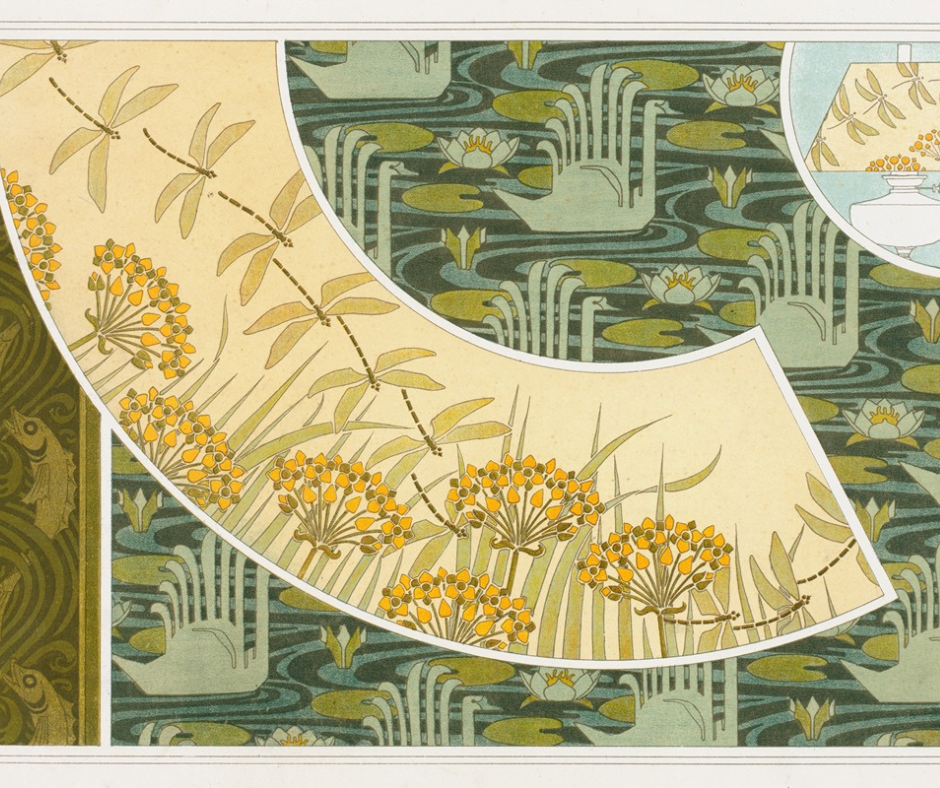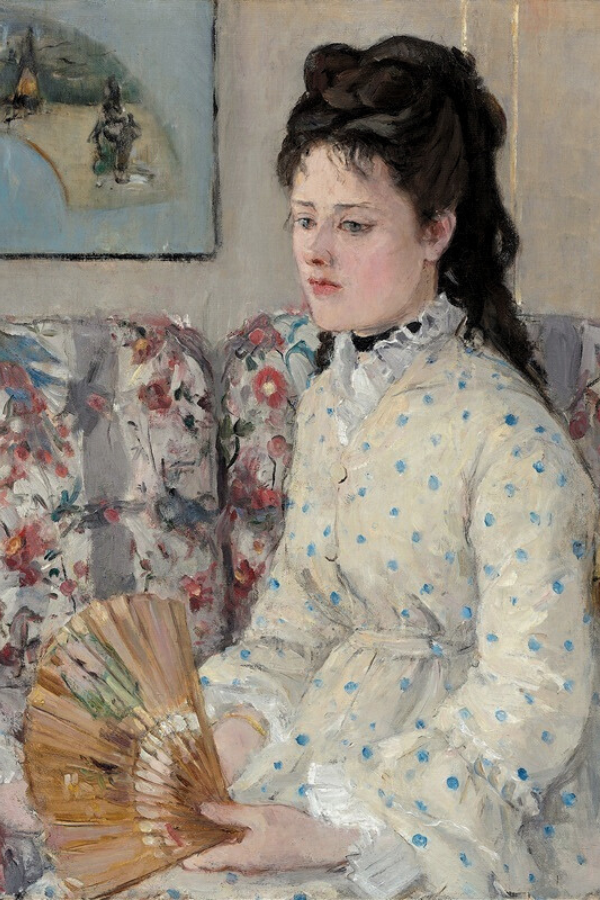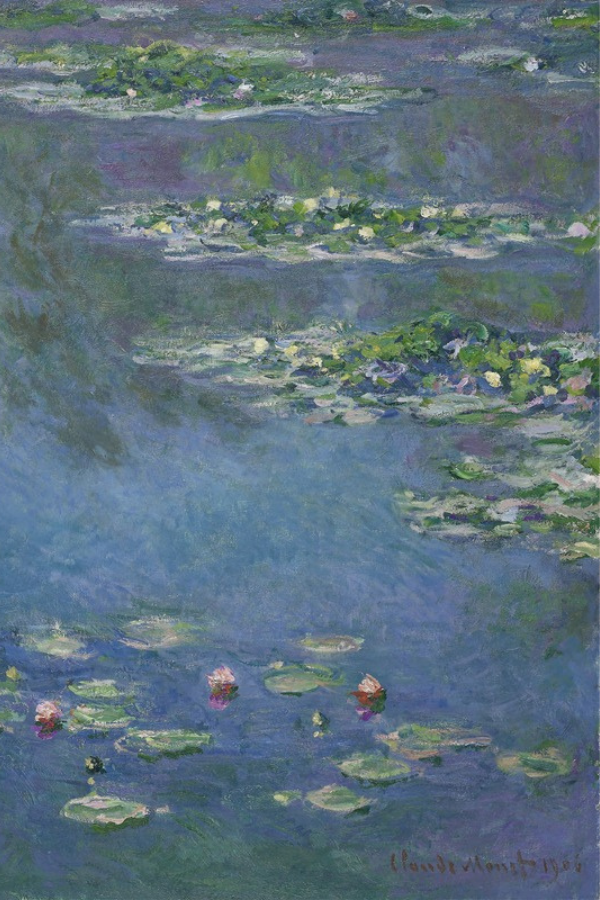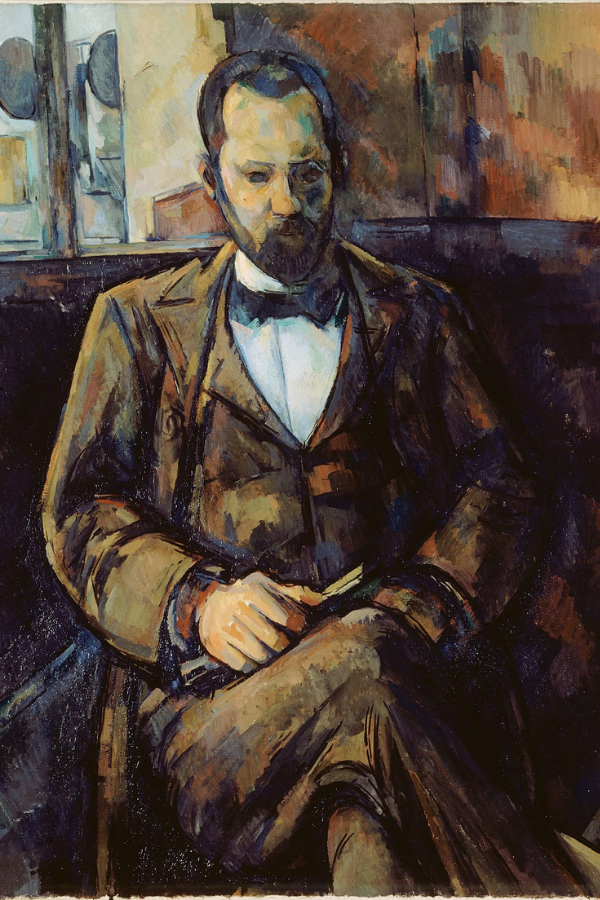
20th Century Art Gallerists Who Influenced the Trajectory of Modernist Movements
Summary
Reflection Questions
Journal Prompt
The 20th century saw seismic shifts in the art world—with new forms, movements, and ideas constantly emerging and evolving. Amidst this landscape of rapid change and innovation, art gallerists played a pivotal role—often acting as intermediaries between avant-garde artists and the broader public. Figures like Ambroise Vollard, Daniel-Henry Kahnweiler, and Peggy Guggenheim—among others—did not merely curate exhibitions. They helped define and shape entire art movements—championing groundbreaking artists often before their work was widely acknowledged. These famous art dealers and gallerists—spanning from Paris to New York and from London to Zurich—provided platforms for dialogue, debate, and discovery. They ensured that revolutionary art found its audience and place in history. Their vision, tenacity, and dedication were instrumental in charting the trajectory of modernist movements throughout the century—making them as integral to the story of 20th-century art as the artists they represented. Learn all about these gallerists below.
20th Century Art Gallerists Who Paved the Way for Modernism in America and Beyond
As noted above, the 20th century saw a rise in influential art gallerists who played pivotal roles in promoting, shaping, and supporting the avant-garde and modernist movements. Below are some of the most notable gallerists and dealers from the 20th century.
Ambroise Vollard (1866-1939)
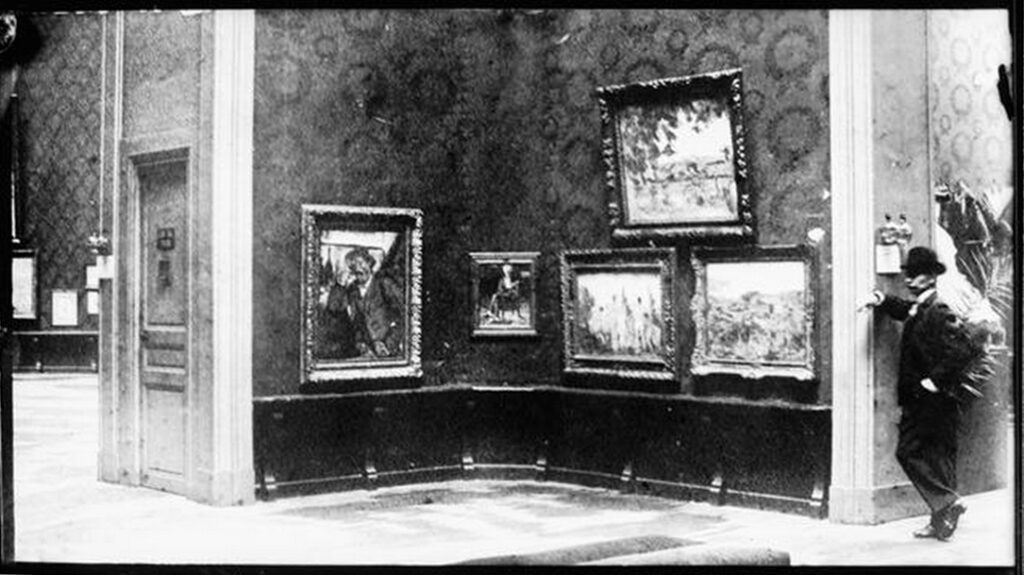
Vollard is often remembered as one of the most pivotal art dealers of the 20th century. He operated in Paris at a time when the city was the epicenter of artistic innovation. Vollard had an uncanny ability to spot talent, and he was instrumental in promoting the works of Cézanne, Gauguin, and Van Gogh before they were widely recognized.
His exhibitions—such as the 1895 show of 150 works of Cézanne—played a vital role in cementing the reputation of these artists. Beyond exhibitions, Vollard also commissioned significant series of works—including Picasso’s Suite Vollard. Picasso’s Analytical Cubist Portrait of Ambroise Vollard is an seminal work in his oeuvre, as is Cézanne’s portrait of the gallerist (pictured above).
Daniel-Henry Kahnweiler (1884-1979)
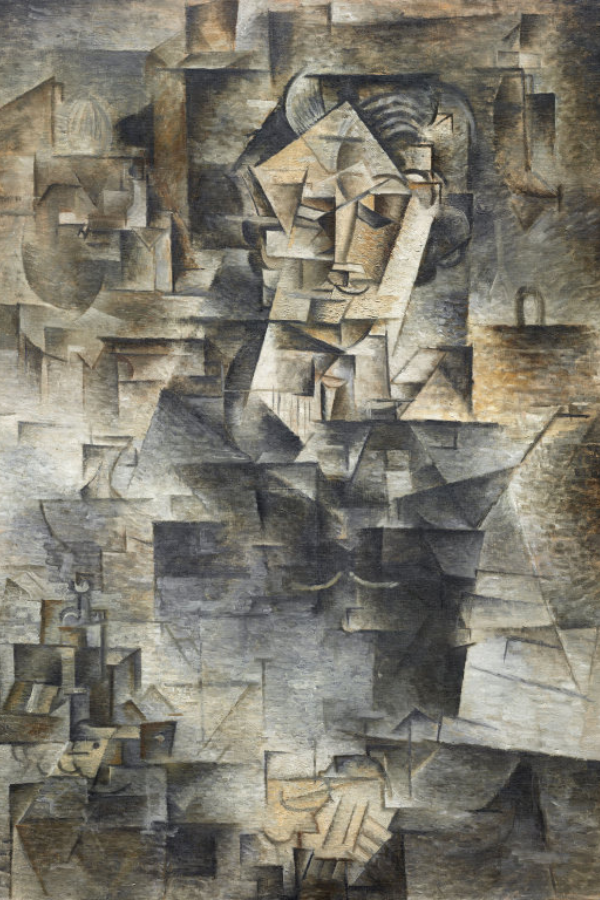
A German-born art historian and gallerist, Kahnweiler was a dominant figure in Paris’ early 20th-century art scene. He’s best known for his unwavering support of Cubism—representing key artists like Picasso, Braque, and Juan Gris.
Kahnweiler’s gallery was the primary space where Cubist paintings were showcased—making him integral to the movement’s success. He also wrote extensively on the artists he represented—offering both financial and intellectual support.
Peggy Guggenheim (1898-1979)
Born to a wealthy New York family, Guggenheim became a central figure in the modern art world. In 1942, she opened the Art of This Century gallery in New York—providing a platform for European artists in exile during WWII and American Abstract Expressionists.
Guggenheim notably exhibited the works of Jackson Pollock, Mark Rothko, and Willem de Kooning—fostering their early careers. Her collection eventually formed the basis of the Peggy Guggenheim Collection museum in Venice.
Julien Levy (1906-1981)

Julien Levy’s eponymous gallery—which operated in New York from 1931 to 1949—was instrumental in promoting Surrealism in the United States. He hosted the first solo show of Salvador Dalí in the US in 1933 and introduced many Europeans like Max Ernst and René Magritte to American audiences.
Levy’s gallery became a meeting point for avant-garde artists, photographers, and filmmakers—making it a focal point of the Surrealist movement in America.
Sidney Janis (1896-1989)
A prominent supporter of Abstract Expressionism, Janis’ gallery in New York was known for representing artists like Jackson Pollock, Willem de Kooning, and Mark Rothko. Janis was known for his exhibition strategies—particularly the 1952 “15 Americans” show, which included works by artists such as Clyfford Still and Barnett Newman. His efforts provided a significant boost to the careers of many Abstract Expressionists.
Leo Castelli (1907-1999)
Leo Castelli is perhaps best known for championing American post-war art movements like Pop Art, Minimalism, and Conceptual Art. Opening his gallery in 1957 in New York, Castelli represented and promoted artists like Jasper Johns, Roy Lichtenstein, and Robert Rauschenberg.
Later, he represented figures like Donald Judd and Dan Flavin. Castelli’s support went beyond mere exhibition. He often offered stipends and financial support—enabling many artists to focus solely on their craft.
Virginia Dwan (b. 1931)
Virginia Dwan stands out for her unwavering commitment to avant-garde art. Her Dwan Gallery—first in Los Angeles (1959) and later in New York (1965)—became pivotal in showcasing movements like Land Art, Minimalism, and Conceptual Art.
Dwan supported and exhibited Robert Smithson’s groundbreaking earthwork “Spiral Jetty” and also backed projects by artists like Michael Heizer and Walter De Maria. Her support for such large-scale, uncommercial projects epitomized her dedication to the art rather than its marketability.
Ileana Sonnabend (1914-2007)
Sonnabend played a pivotal role in the post-war art scene. Initially collaborating with her then-husband Leo Castelli in New York, she later opened her own gallery in Paris in 1962.
Here, she introduced European audiences to American Pop Art and Minimalism—representing artists like Andy Warhol, Claes Oldenburg, and Jeff Koons.
Additionally, she was a driving force in introducing American audiences to European artists—bridging a vital transatlantic art dialogue.
Mary Boone (b. 1951)
Emerging during the dynamic New York art scene of the 1980s, Boone became renowned for her promotion of the Neo-Expressionist movement. Her gallery championed artists like Julian Schnabel, David Salle, and Eric Fischl.
At a time when the art market was becoming increasingly commercialized, Boone managed to merge business acumen with an eye for emerging talent—making her gallery a cornerstone of the ’80s art world.
Betty Parsons (1900-1982)
Parsons was not just an art dealer but also an artist in her own right. In the mid-20th century, her New York gallery was the primary platform for Abstract Expressionism—representing artists like Jackson Pollock, Mark Rothko, and Clyfford Still.
Parsons had a profound belief in her artists—often sticking by them during their less commercially successful periods. Her legacy is one of unwavering support for avant-garde art.
Konrad Fischer (1939-1996)
Opening his gallery in Düsseldorf in 1967, Fischer quickly became a central figure in the German art scene. He was an ardent supporter of Minimalist, Conceptual, and Land Art—representing artists like Donald Judd, Carl Andre, and Richard Long.
Fischer’s exhibitions were more than just commercial endeavors. They were seen as dialogues and debates about the nature and direction of contemporary art.
Paula Cooper (b. 1938)
When Paula Cooper opened her gallery in New York’s SoHo district in 1968, she not only introduced a new geographical area for art but also a fresh perspective. Championing Minimalist and Conceptual artists like Sol LeWitt, Donald Judd, and Dan Flavin, Cooper’s space quickly became a hub for avant-garde art and intellectual discourse.
John Weber (1932-2008)
A contemporary of Leo Castelli and Ileana Sonnabend, Weber was integral in promoting Conceptual and Minimalist art during the 1970s. His New York gallery represented key figures of the movements—including Lawrence Weiner, Joseph Kosuth, and Frank Stella. Weber’s influence lay in his ability to foster dialogues around these then-emerging art forms.
Rosamund Felsen (b. 1934)
Operating primarily in Los Angeles, Felsen’s gallery became a haven for West Coast artists from the 1970s onward. She was known for supporting artists who took risks—championing a variety of media and styles.
Some of the artists she represented include Mike Kelley, Llyn Foulkes, and Marnie Weber. Pictured above is a piece by Llyn Foulkes.
Anthony d’Offay (b. 1940)
A dominant figure in the London art scene from the 1980s and 1990s, d’Offay’s gallery championed British contemporary artists—particularly the Young British Artists (YBA) like Damien Hirst and Rachel Whiteread. His exhibitions were often provocative and played a role in the meteoric rise of the YBAs in the global art market.
Bruno Bischofberger (b. 1940)
Based in Zurich, Bruno Bischofberger was a cornerstone in the European art world—especially for his ability to bridge the American and European art scenes. Notably, he introduced Europe to the American Neo-Expressionist movement and was an early champion of Jean-Michel Basquiat—often pairing his work with that of European artists in exhibitions.
Additionally, he had close relationships with artists like Andy Warhol—with whom he collaborated on several projects.
Nicholas Logsdail (b. 1945)
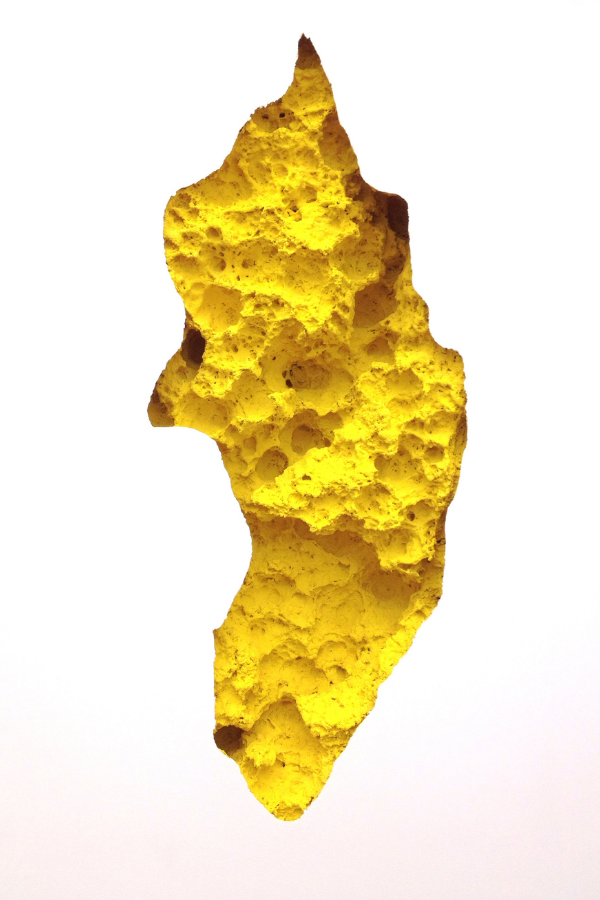
Nicholas Logsdail’s Lisson Gallery—founded in 1967 in London—became a beacon for British conceptual art and minimalism. Early on, the gallery championed the work of artists like Richard Long and Anish Kapoor.
Lisson Gallery was and remains a space that is as much about fostering intellectual dialogues around art as it is about exhibiting artworks—making Logsdail an essential figure in the evolution of contemporary art in Britain.
Barbara Gladstone (b. 1944)
Barbara Gladstone’s eponymous gallery—established in New York in 1980—quickly emerged as a hub for groundbreaking contemporary art. Gladstone has been influential in representing and promoting a diverse roster of artists—from Anish Kapoor to Jenny Holzer. Her vision and commitment to supporting both emerging and established artists have solidified her gallery’s reputation in the global art scene.
Pat Hearn (1955-2000)
Pat Hearn’s gallery was integral to the East Village art scene in the 1980s. She championed a younger generation of artists like Philip Taaffe, Peter Schuyff, and George Condo.
Hearn was known for her collaborative approach to exhibitions—often working closely with artists to conceptualize and realize shows. Later, she played a significant role in the transition of the New York art scene from the East Village to SoHo and then to Chelsea.
Learn more about her legacy through the book The Conditions of Being Art.
Marian Goodman (b. 1928)
Marian Goodman’s influence stretches across decades and continents. Having started her gallery in New York in 1977, Goodman established herself as a promoter of European artists in the US. She has represented leading figures such as Gerhard Richter, Maurizio Cattelan, and Steve McQueen.
Notably, she expanded her operations to Paris and London—ensuring a transatlantic presence that has played a pivotal role in fostering dialogue between European and American art.
Final Thoughts on the Impact of 20th Century Art Dealers
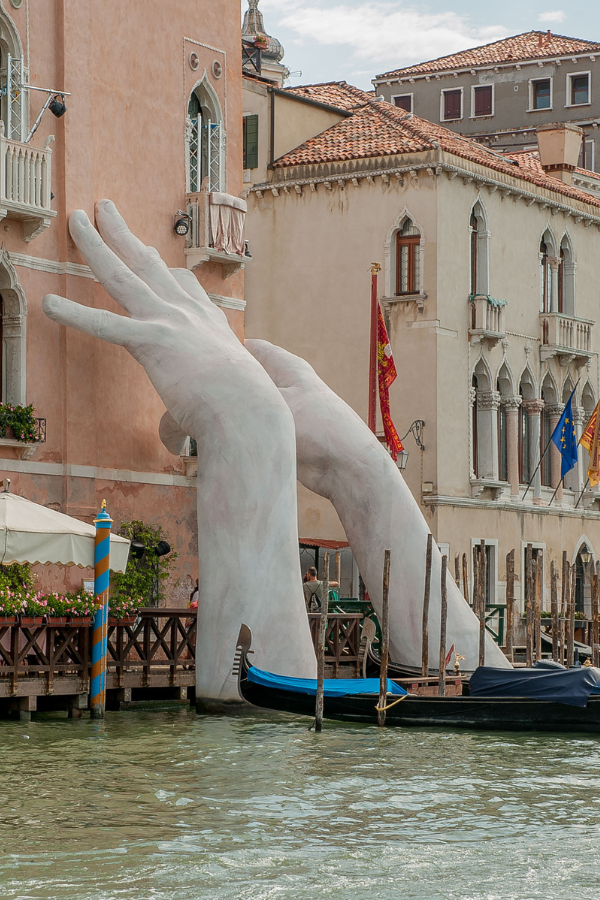
Each of these gallerists—in their unique way—has significantly influenced the trajectory of modern art in the 20th century. Their dedication, vision, and often risk-taking approach to exhibition-making and artist representation have left indelible marks on the landscape of contemporary art as well.




